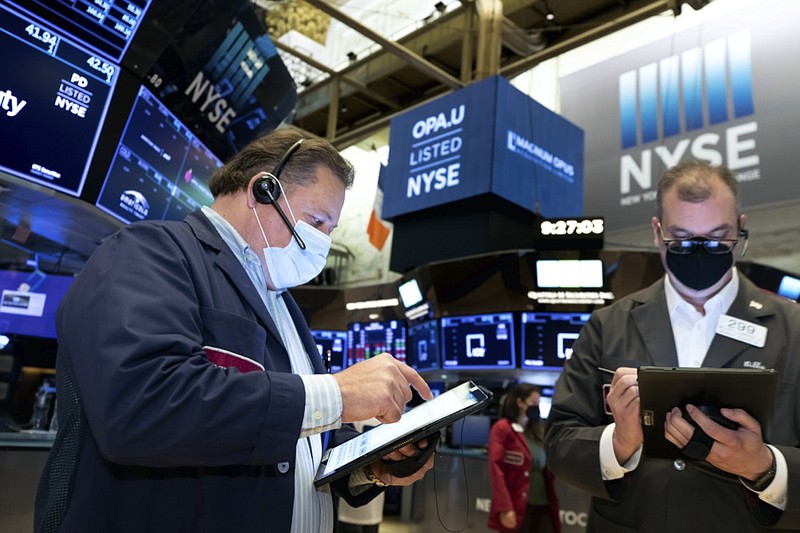Global equity markets resumed their remarkable rise in the 1st quarter of the year, surging again to new record highs as vaccinations pick up speed and stimulus payments roll out. Despite a loss in January, the broad S&P 500 index of US large company stocks turned in a gain of 6.2%. The advance was led primarily by cyclical stocks tied closely to a more optimistic reopening scenario moving into Spring and Summer.
The Dow Jones Industrial Average likewise flexed its muscles, gaining 7.8% for the quarter, a stark contrast to its 23% decline in Q1 2020, the worst ever in its 140-year history.
The gains in cyclical, economically sensitive sectors marked a rotation out of last year's smash hits, including technology-heavy "stay at home" names. While growth widely outperformed value in the 2020 recovery, 2021 has seen a reversal. The Russell 1000 Value index gained an impressive 11.3% for the three months ending March 31, while its counterpart the Russell 1000 Growth index barely budged, up 0.9%. The clear theme for investors so far this year has been the specter of a return to normalcy.
The rotation to value and cyclicals was especially evident in the disparate sector performance of the S&P 500 constituents. The energy complex led the way by a wide margin, gaining a whopping 30% and nearly mirroring the dismal 38% loss for Q1 2020. Financial stocks, another laggard sector from last year, gained an impressive 16% on the prospect for more economic expansion as well as higher interest rates and better profit outlook. Industrial, materials and real estate also turned in strong performances.
In another sign of growing confidence in the recovery, U.S. small cap stocks in the Russell 2000 index took the prize, gaining a healthy 12.7%. The pandemic shutdown hit small businesses particularly hard, and a successful reopening outlook provided added lift beneath the wings of smaller companies.
The continued momentum was especially impressive given the significant challenges posed by an acute computer chip shortage as well as logistical and transportation bottlenecks at ports around the world.
The optimism for COVID-19 recovery was evident as well in the best performing ETFs for the first quarter, with the BDRY Dry Bulk Shipping ETF gaining 137% for the year to date. Meanwhile, four of the 10 best performing ETFs were energy related, while one was a cryptocurrency play. In an interesting twist, the other four biggest gainers of the top 10 were cannabis funds, perhaps lending an entirely new meaning to the phrase "market high."
Given the unexpectedly rapid recovery and extension beyond pre-pandemic levels, the pressing question becomes: what next? By the most traditional metric, the price-to-earnings or P/E ratio of the S&P 500 is at an exceptionally elevated level of 22.6 times next year's expected profits. For context, the 25-year historical average P/E is around 16 times.
Additionally, interest rates have taken a turn higher, although admittedly off the historic lows of early 2020. Still, analysts debate whether higher rates are a positive sign of healthy economic expansion or a harbinger of higher inflation that could eventually motivate the Federal Reserve to tighten monetary conditions.
And of course, with nearly $6 trillion in emergency deficit spending and another $4 trillion in monetary stimulus from the Fed already in the bloodstream, some of the froth in the market could prove to be a sugar high.
Still, the outlook for the U.S. economy in the next 12 to 18 months is indisputably positive as we emerge more fully from the strictures of the pandemic. As always, the best course of action is to have a sensible plan, stick to it, and enjoy the ride.
Christopher A. Hopkins is a certified financial analyst in Chattanooga.
